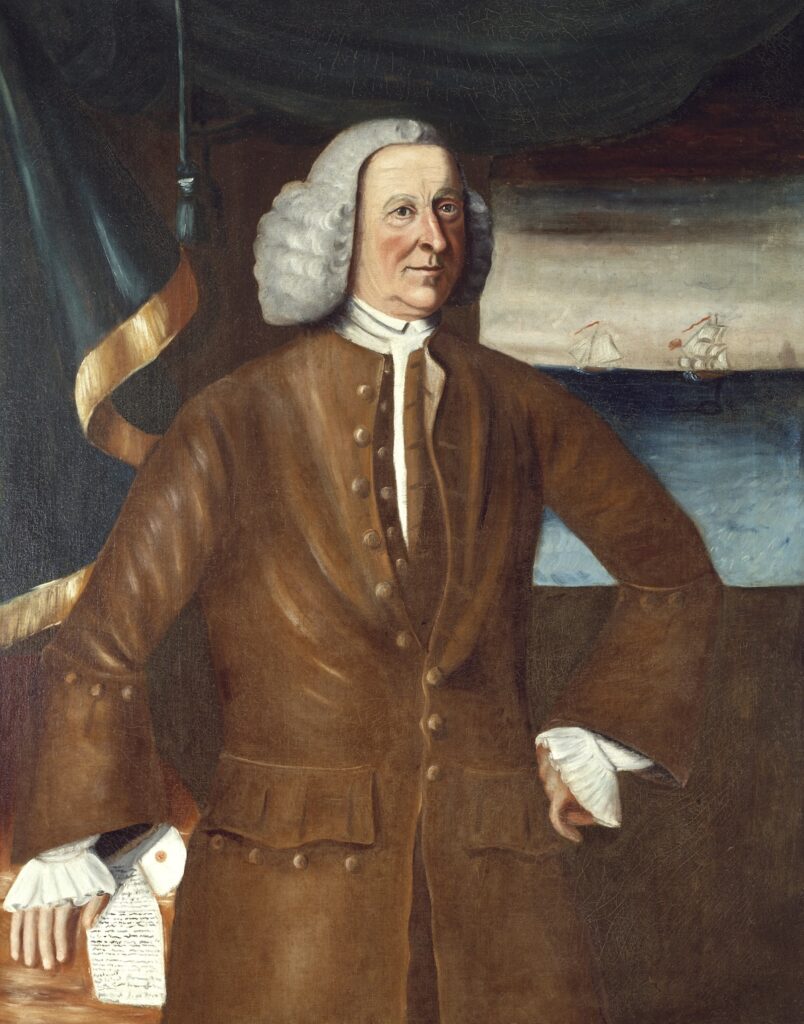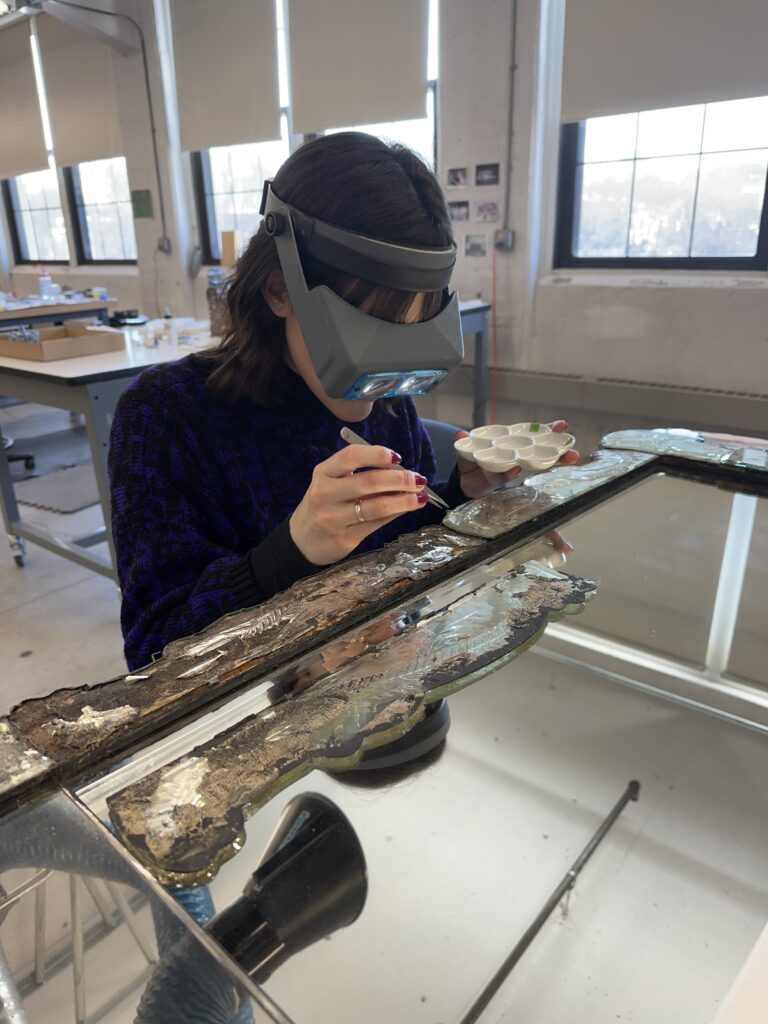Historic New England is excited to mark the 250th anniversary of the American Revolution by exploring its historical legacy and contemporary relevance. We’ll share the stories of New Englanders’ domestic life—whether young or old, patriots or loyalists, enslaved or free—through exhibitions, special events, virtual tours, new research, and revamped site experiences.
Events
All eventsExplore
All properties








Myth and Memory
Myth and Memory: Stories of the American Revolution brings history to life through the objects and archives of Historic New England, offering a dynamic exploration of the American Revolution’s complexities as they unfolded in New England.
This immersive exhibition reveals the personal stories of individuals—young and old, patriot and loyalist, enslaved and free—whose lives were shaped by war and its lasting impact. By examining these artifacts and the myths that have grown around them, Myth and Memory invites visitors to reflect on how we remember the Revolution and grapple with its enduring legacy.
On display at the Eustis Estate in Milton, MA
Friday, May 15, 2026 — Sunday, November 15, 2026



Myth and Memory: Stories of the American Revolution brings history to life through the objects and archives of Historic New England, offering a dynamic exploration of the American Revolution’s complexities as they unfolded in New England.
This immersive exhibition reveals the personal stories of individuals—young and old, patriot and loyalist, enslaved and free—whose lives were shaped by war and its lasting impact. By examining these artifacts and the myths that have grown around them, Myth and Memory invites visitors to reflect on how we remember the Revolution and grapple with its enduring legacy.
On display at the Eustis Estate in Milton, MA
Friday, May 15, 2026 — Sunday, November 15, 2026

Revolutionary Ideas
View Blog

